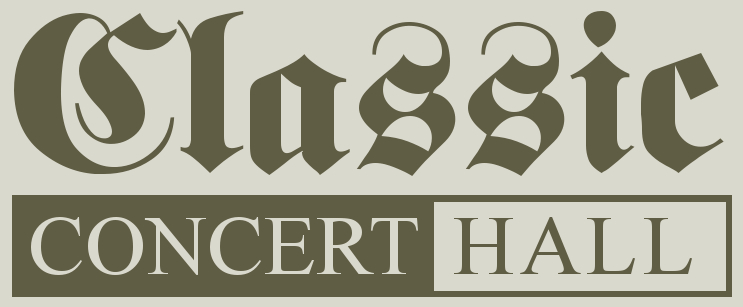According to Willi Apel, Christian Ritter is a "curious personality, difficult to characterize." I suppose if you do not fit in one of the boxes from the time, but were influenced by several sources, then historians and musicologists don't know what to do with you. :)
Ritter's Sonatina, however, is clearly a North German style work in the manner of Buxtehude and others. This piece, while having been recorded by others already (including yolar on YouTube, see here:
https://www.youtube.com/watch?v=1XYZPzPrQVE ), was irresistible to me. The fact that the organ is from Sweden, where Ritter worked at the court from 1680-1682 and 1688-1689, and that this work of his belongs in that genre, I felt compelled to play it on this organ, which so aptly fits the style.
Sonatina merely in name, this work is really a toccata in three sections. The middle part is a long fugue in the strict style. While Apel might describe the prelude and postlude sections as trivial in comparison with those in the Buxtehude circle, he also makes sure to mention that they "contain the seeds of the late-Baroque musical language, which is the basis of Bach's works."
The piece is available for free download on ISMLP. And if you compare this performance to the score, you'll notice I take significant liberties with additional ornamentation throughout, especially in the postlude portion.
Unlike other pieces I recorded on this sample set, for this one, I placed the organ (which has very little reverb) in a larger hall, using Hauptwerk VIII's church 7, with it set at 25% wet. I felt that the grandeur of Ritter's work deserved a larger venue.



